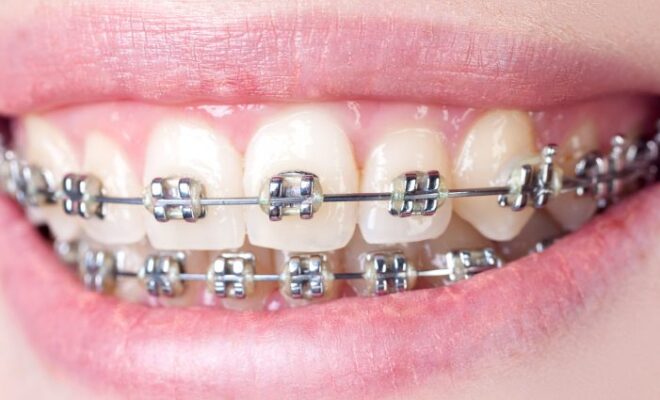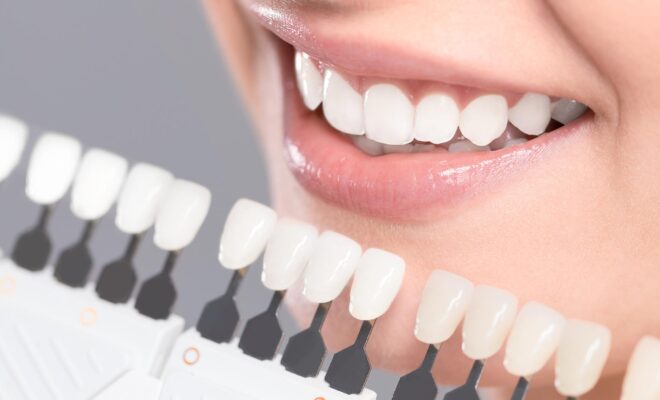Braces Vs. Invisalign: Which Orthodontic Option Is Right For You?

Choosing the right orthodontic treatment can feel overwhelming. Braces and Invisalign both offer effective solutions for straightening teeth. Each option has distinct features that might make one a better fit for you. Braces have been a reliable choice for decades. They are known for their ability to tackle complex dental issues. On the other hand, Invisalign provides a more discreet way to improve your smile. It uses clear aligners that are less noticeable. Both options require a commitment to regular care and adjustments. If you’re considering braces in Los Gatos, there’s a wealth of expertise available to help guide your decision. This blog will explore the pros and cons of each method. By understanding these options, you can feel more confident in making the best choice for your dental health. Let’s dive into the details to find the right path for your smile.
The Basics of Braces
Braces consist of metal brackets glued to the teeth, connected by wires. These are adjusted over time to move the teeth into place. Braces are highly effective for complex dental issues, such as severe crowding or bite problems. They require regular visits to the orthodontist for adjustments. Though they are commonly made of metal, options like ceramic braces offer a less noticeable appearance. The American Association of Orthodontists provides more information on braces and their benefits.
The Appeal of Invisalign
Invisalign uses clear, custom-made aligners. These aligners are designed to fit snugly over the teeth and gradually shift them into place. They are removable, which makes eating and cleaning the teeth easier. While Invisalign is more discreet, it is not suitable for every dental issue. It’s best for mild to moderate cases, such as minor crowding or spacing. Patients must wear the aligners for at least 22 hours a day for effective results.
Key Differences
Understanding the key differences between braces and Invisalign can help in decision-making. Here’s a quick comparison:
| Feature | Braces | Invisalign |
|---|---|---|
| Appearance | Visible | Nearly invisible |
| Removability | Fixed | Removable |
| Treatment Time | Varies, often longer | Typically shorter |
| Complexity | Treats complex cases | Best for mild to moderate |
| Adjustments | Every 4-6 weeks | Every 6-8 weeks |
Factors to Consider
When choosing between braces and Invisalign, consider these factors:
- Cost: Costs can vary based on treatment complexity and location. Generally, Invisalign might be slightly more expensive, but this is not always the case.
- Comfort: Braces might cause discomfort due to metal brackets and wires. Invisalign aligners are smoother and might cause less irritation.
- Commitment: Braces require consistent orthodontist visits and care in maintaining oral hygiene. Invisalign needs discipline in wearing the aligners for the recommended hours.
Making the Right Choice
Choosing the right option depends on individual needs and lifestyle. Discussing your options with a qualified orthodontist will provide clarity. The National Institute of Dental and Craniofacial Research has more insights into orthodontic treatments. Take time to weigh the pros and cons and consider personal preferences and dental needs.
Conclusion
Both braces and Invisalign are effective in creating a healthier smile. The right choice will depend on your dental needs, lifestyle, and personal preferences. Consulting with a dentist or orthodontist will provide valuable guidance. Whether it’s braces or Invisalign, the journey to a perfect smile is within reach. Make an informed decision to ensure the best outcome for your dental health.








